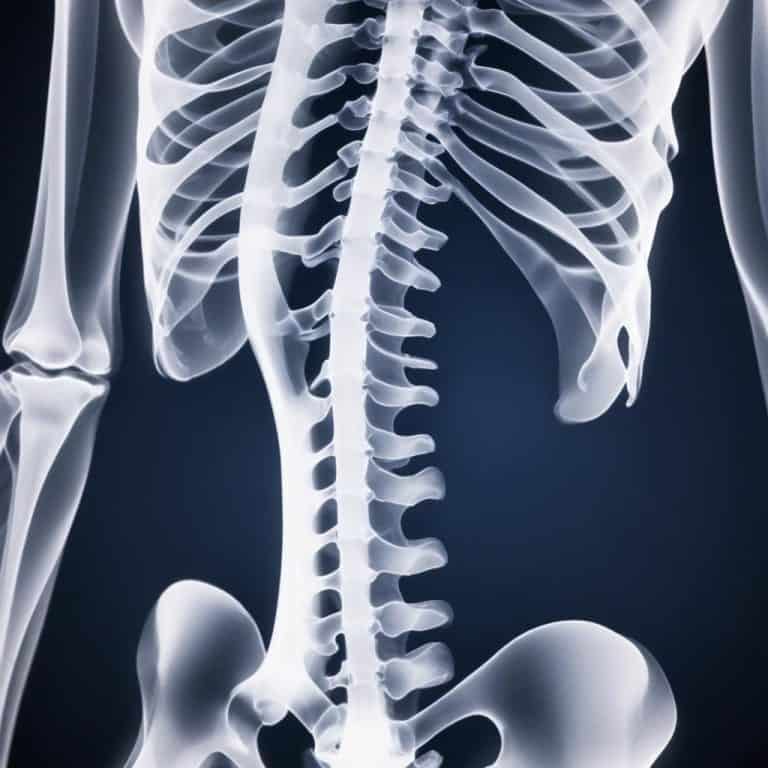Welcome to our bones of the vertebral column quiz! The vertebral column, also known as the spine, is made up of 33 individual bones that protect the spinal cord and support the body. These bones are divided into five regions: cervical, thoracic, lumbar, sacrum, and coccyx.
In this quiz, you will test your knowledge on the names and functions of each of these bones. From the smallest vertebrae in the neck to the largest in the lower back, you will learn about the unique structure and importance of each bone in the vertebral column.
So, get ready to flex those brain muscles and dive into the world of spinal anatomy!
Play Bones Of The Vertebral Column Quiz
Instructions
- This quiz is multiple choice.
- Read each question carefully before selecting an answer.
- Choose the best answer for each question.
- You will see the missed questions with correct answers at the end of the quiz.
Quick Facts
- The vertebral column is made up of 33 individual bones called vertebrae.
- These bones provide support and protection for the spinal cord, which is a crucial part of the nervous system.
- The bones of the vertebral column are divided into five regions: cervical, thoracic, lumbar, sacral, and coccygeal.
- Each vertebra has a unique shape and function, allowing for flexibility and movement of the spine.
- The vertebrae are stacked on top of each other, forming a strong yet flexible structure that allows us to bend, twist, and move in various ways.
- The vertebral column also plays a role in maintaining proper posture and balance in the body.
- The bones of the vertebral column can vary in size and shape depending on their location in the spine.
- In between each vertebra are intervertebral discs, which act as shock absorbers and help cushion the spine during movement.
- The vertebral column is essential for everyday activities such as walking, running, and even sitting upright.
- Keeping the bones of the vertebral column healthy through proper nutrition and exercise is important for overall physical well-being.
Downloads
Study Tips
- Create a study schedule and stick to it.
- Find a quiet and comfortable study environment.
- Remove distractions such as phones and social media.
- Take breaks every 25-30 minutes to avoid burnout.
- Use active studying techniques like summarizing, highlighting, and teaching concepts to someone else.
- Practice retrieval by testing yourself with flashcards or practice quizzes.
- Stay organized with notes, study guides, and resources.
- Stay hydrated and eat brain-boosting foods like fruits, nuts, and whole grains.
- Get enough sleep to improve memory retention and cognitive function.
- Reward yourself for reaching study goals to stay motivated.
